Content marketers see the world in a different way – they want their content to be shared far and wide – allowing no forms hinder it.
On the other hand, demand generation focused-marketers believe content such as webinars, white papers, case studies, analyst reports or information that isn’t available anywhere else for FREE – should be GATED.
Now:
Whether you gate your content or not, it usually depends on:
- The quality of leads you need
- How widely you want your content to be shared or consumed
In this post, we’re going to dive deep into the pros and cons of each approach, share insights for improving your process regardless of whichever route you decide to take.
But before we delve in – there are a couple of important points we should cover:
- Content and the buyer’s journey
- The content’s purpose, promotion, and value
Content and the buyer’s journey
Modern marketers have learned that consumers advance through a three step process called ‘the buyer’s journey.’
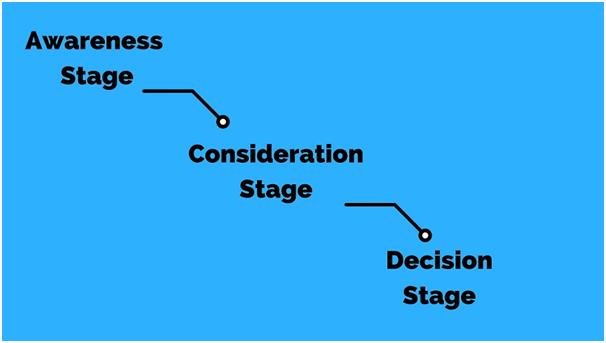
1. The awareness stage
At this stage, prospects know they have a problem.
But they don’t know much about your business. Useful content for this stage includes blogs, infographics, podcasts, videos, case studies, white papers.
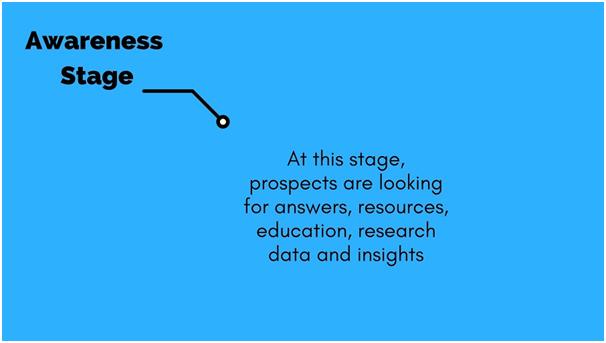
2. The consideration stage
During this stage, prospects are beginning to see your brand as an industry authority and a potential solution to their problem.
Content for this stage include webinars, e-books, free courses, software downloads.
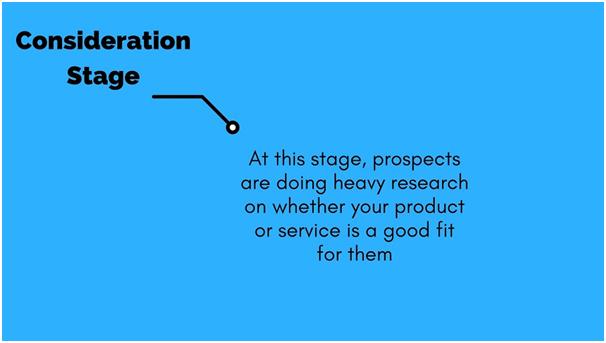
3. The decision stage
At this stage, prospects make the purchase decision.
Content offers for this stage include free consultations, product demos/offers, free trials.
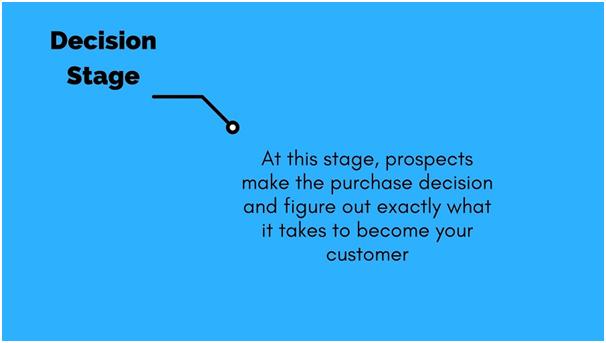
Here’s the kicker:
It doesn’t matter what stage you are in, some readers will still think content gating is annoying.
As Thrive themes co-founder – Shane melaugh puts it:
“Some prospects will think any kind of lock or any kind of barrier (such as an opt-in) is annoying. But from my testing, a shared lock will annoy about 2% of visitors and it will increase social shares by about 40x. Decent trade-off.”
Moreover:
How does the buyer’s journey impact the content on your website?
During the early stages of the buying cycle…
Prospects have a lower commitment and a higher tendency to abandon forms than prospects in the later stages.
One way to stand out is to immediately appear transparent and courteous.
In other words:
At this stage, giving away your content for FREE can improve your brand’s visibility, enhance your credibility and more.
———————————————-
The content’s purpose, promotion, and value
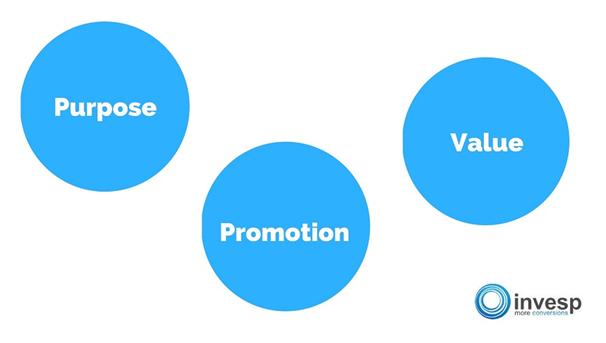
Purpose:
What is the content’s goal or purpose?
For example, if the goal is to encourage inbound links, then hiding that content behind forms will potentially hinder you since the gate presents a barrier to consumption.
Promotion:
Along with the goal, consider how you’ll be promoting the content.
For example, if the goal of the content is to encourage sharing via social networks, infographics or in-depth blog posts/articles work nicely since you’ll give it away for FREE.
However, if the goal of the content is to generate leads and grow your email list, then gated ebooks, cheat sheets would be a better fit.
Value:
When visitors see an offer, they consider the value of that content. How much currency is it worth? Is it worth an email address and name? Phone number? Is the content worth filling out a form and sharing information?”
Now that we agree on some of the essential concepts, let’s jump into different considerations around hiding content behind forms or giving content for free…
When, Why And Whether To Hide Content Behind Forms
For starters:
Let’s agree on a common definition on what it means when we say, GATED content
To gate means you are requiring specific information from the user, usually via a form, in exchange for getting access to a specific piece of content.
Examples of content to gate include [but not limited to] ebooks, webinars, checklists, cheatsheets, email series, demos.
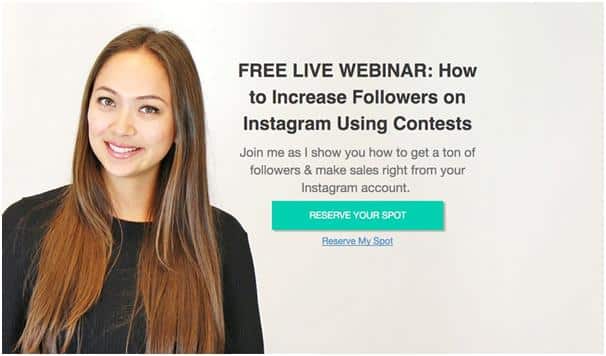
Unsurprisingly, most people are willing to give or share their personal information when they perceive your content as valuable and unique.
When done well, gating content can benefit both prospects and business owners.
For example, it’s appropriate to gate high-value content such as research papers, webinars, training or workshops…
Similarly, it’s important to keep some of your best content open and discoverable.
Now, the customer experience is paramount to everything else in today’s business.
Oddly enough…
One of the most compelling arguments against content gating is that it creates a sub-optimal experience.
As Mike Weir puts it [Vertical director – LinkedIn]
“You may get the lead, but maybe the prospect isn’t ready to buy, get emails, calls or sales pitches. We as marketers, have to be more scientific about distinguishing between the people who are ready for emails and calls and the people we might be alienating with it.”
So get this:
Before hiding your content behind forms…
Begin with the ‘END’ in mind:
By asking yourself these four questions…
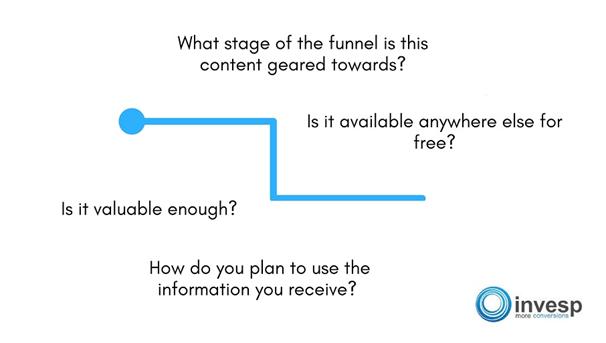
Every piece of content should be created with a specific stage of the sales funnel in mind.
For example, content such as articles and blog posts should not be gated if establishing stronger thought leadership, increasing site traffic, and improving SEO are one of your main goals.
However, as you move towards the bottom of the funnel, it becomes more appropriate to gate content like webinars, cheatsheets and more…
Second, before gating content – ask yourself:
Is this content available anywhere else for free?
Get to know your competitors to make sure they aren’t giving away the same content without a form…
Or worse – gating content on one of your channels while making it available without a form on another channel you own.
Third, before hiding any piece of content – ask yourself:
Is this content valuable enough?
Since it’s hard to quantify value based solely on the length of a document or by how much time was put into its creation.
The mistake most businesses make is gating content that is simply not significant enough to make prospects fill in the form.
Fourth, how do you plan to use the information you receive?
Since hiding your content behind long drawn-out forms is a sure way to scare people away.

You want to avoid them at all costs unless capturing your audience information is one of your main goals…
As we can all agree that shorter forms have higher conversions compared to longer forms.
Lastly, before hiding any piece of content behind forms…
You should have a robust lead nurturing program in place in order to take advantage of that lead data.
The benefits of hiding your content behind forms
By now you’ll have realized that creating effective gated content is essential for building your email list and growing your community.
It allows you to receive valuable information about your prospects…
And hopefully, a line of communication from which you can build a meaningful relationship with in the future.
Hiding your content behind forms helps you:
1. Capture more leads
The overall objective of content marketing is to attract more prospective visitors to your website.
However, it will be fruitless if you do not convert your visitors into potential buyers.
Now, gating your content will help you capture valuable lead information which enables you to nurture them into a sale with onboarding strategies such as email, remarketing etc

2. Get information about who specifically accessed the content
Granted, some of this information could be fake.
Nonetheless, you will still get enough information from people who found your ungated content valuable or useful.
3. Boost perceived value
Psychologically, we value things we’ve had to work harder to get, and for that reason, people who spent their energy to get the content may view the report itself as more valuable and useful.
4. Sales outreach to those who accessed the content may be easier and more effective
Since you collected a lot of information of those people who accessed the content, it is easier and more effective to offer your products or services later on in the sales funnel.
Unfortunately:
Every sweet has it’s sour…
Hiding your content behind forms does come with some drawbacks you should be aware of…
The drawbacks of hiding your content behind forms
1. Smaller audience potential
It’s hard to get your landing page [where your content is gated] in front of people, let alone – make them fill out form fields.
Therefore, when your content is gated behind a form – it is not going to be consumed by tons people.
2. Harder to earn links/amplification
One of the most hard-to-swallow drawbacks of gated content is this, it’s harder to earn links and amplification of your content since people generally do not link to a page like this:
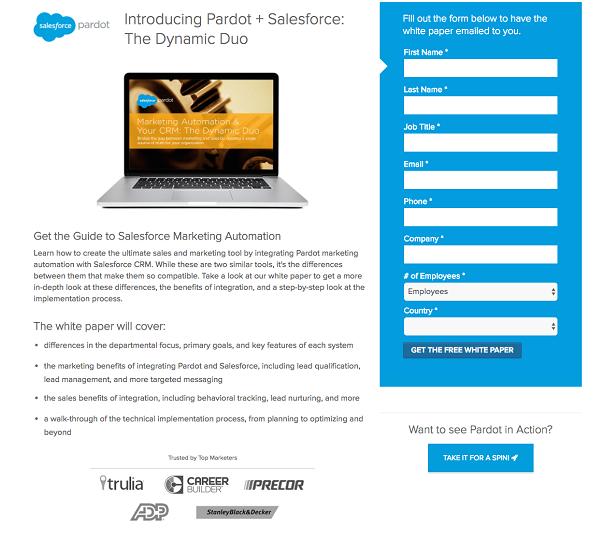
3. May leave negative brand perceptions
For some people, gated content leaves a very bad taste in their mouth.
It could be around whether the content was worth it after they filled the form.
It could be about the outreach that happens to them after they filled the form or simply, their interest was in getting the information, not starting a sales conversation, duh!
4. Loss of SEO benefits
Gated content does not get links or engagement.
As a result – it loses a bunch of SEO benefits such as site traffic, more indexed content, lower bounce rates, establishing a thought leadership position and more.
When, Why And Whether To Give Content Away
Let’s face it.
Most business owners struggle knowing whether or not they’re giving away too much free content to their audience.
There’s no doubt when you provide your audience with valuable free content – there’s always a higher level of content they’ll be willing to pay for.
As Nathalie Lussier [Ambitionally co-founder] puts it:
“The more high-value stuff you can give away, the more people will see your generosity and want to buy from you. This happens through the built-in human need to reciprocate. When someone is nice to us, we want to be nice to them.”

Examples of content to give away for FREE include [but not limited to]
- Articles/Blog posts
- Case studies
- FAQs
- Infographics
- Product videos/descriptions
- Podcasts
The benefits of giving your content away for FREE
1. Ability to drive traffic from all social channels
Free content is inherently more shareable than content that’s hidden behind forms. Creating high-quality content and encouraging people to share it freely can significantly up the chances of connecting with a sizable pool of potential customers.
Social, search, word of mouth, email, whatever it is. You can drive a lot more people here.
2. Ability to retarget and remarket to a larger future audience
Giving away content for free is detrimental only when the content marketing strategy isn’t integrated with the business overall sales strategy.
In general, free content should effortlessly be tied into paid content or products later on in the buyer’s journey.
3. Boost your search engine visibility
Giving away your content for free may get you links, engagement, and a bunch of SEO benefits such as site traffic, more indexed content, establishing a thought leadership status and more.
Again, every good has it’s evil… Giving away your best content for free does have some drawbacks…
And here they go:
The drawbacks of giving your content away for FREE
1. Prospects might become used to getting everything for free
If your audience is comprised solely of people who expect you to give them everything for free, when you try using that list to generate some actual revenue, you’re going to get a very poor response.
2. Giving your best stuff for free attracts people looking for handouts

Sometimes it’s smart to hold a little something back in your marketing…
…to tease and fascinate the reader, to seduce them with a bit of mystery, rather than giving everything away.
3. Hard to convert most visits that come to open access content into leads
It might be hard or even totally impossible to convert many or most of the visits that come to open access content into leads.
As Rand Fishkin [Moz] had this say:
“It’s just the case that people who are going to consume that content may never give you information that will allow you to follow up or reach out to them.”
Final Thoughts
Finding the right moment to gate content is important.
Determine where users are in the funnel and tailor your communication to the buyer’s state and commitment level.
Provide stellar content behind gates to demonstrate the value of your offering and prove your worth before asking for something in return.
Furthermore – customers today can quickly discern the difference between promotional content that’s all about pushing your products and services — to the very late stages of the buying cycle.
Therefore, once they trust you with their contact information, use it respectfully. Continue to nurture the relationship, provide incredible value and make it worthwhile.
The question remains: To gate, or not to gate?
Back to you – What’s your content gating strategy? How often do you gate your content?
Let us know in the comment section below…
We’d love to hear your thoughts!



